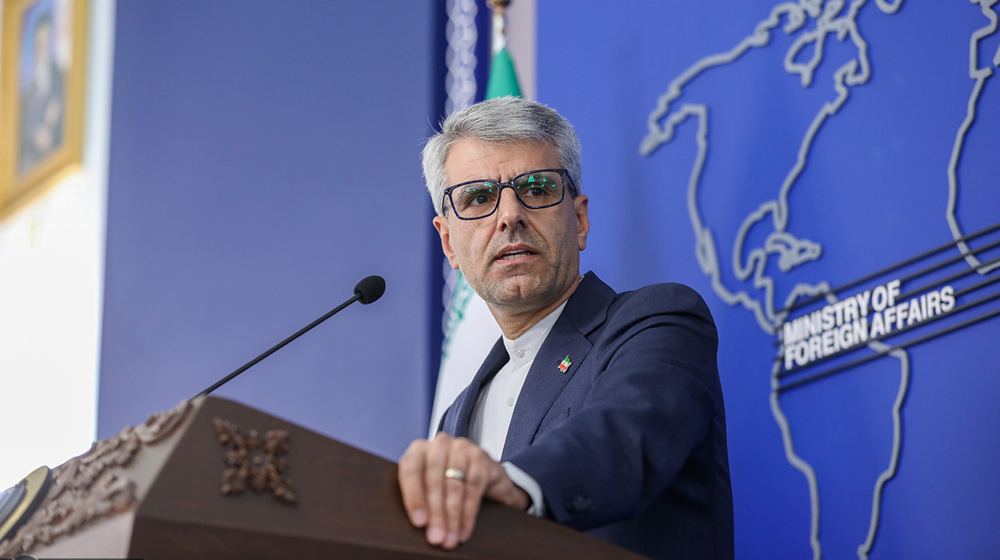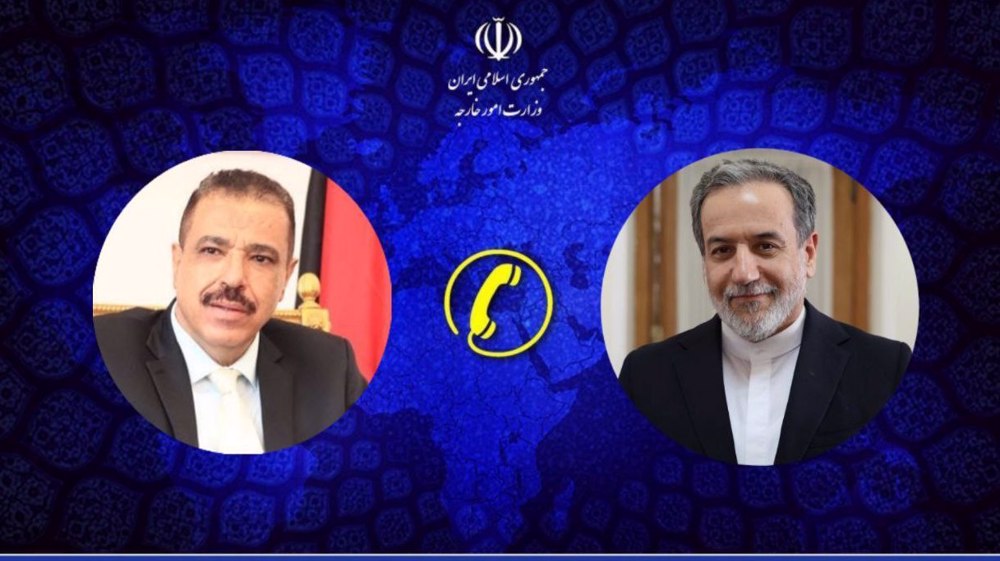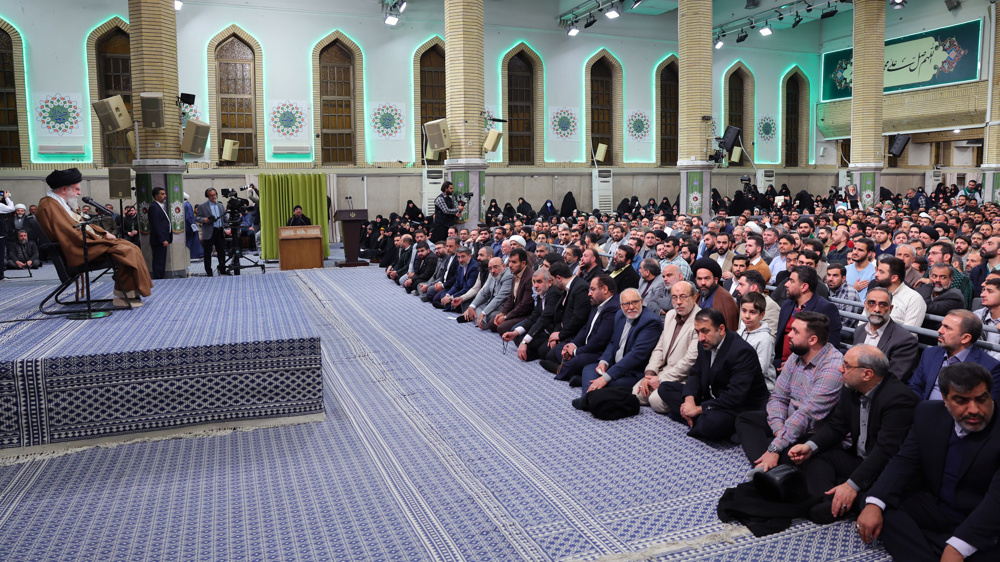Zaghari arrested over links to 2009 Iran riots: Official
A judiciary official says Nazanin Zaghari, held in Iran since April, was apprehended while leaving for London over her involvement in post-election riots that engulfed Tehran and some other cities in 2009.
The revelations by Yadollah Movahed, the head of the Justice Department in the Iranian city of Kerman, are the first details about the 37-year-old’s case.
Movahed said Zaghari was among the suspects who "conducted activities against the security of the country by designing websites and carrying out campaigns in the media” during the post-election "sedition".
“In 2014-2015, the intelligence service of the Islamic Revolution's Guards Corps in Kerman Province identified and arrested members of one of the groups," Movahed said.
“Some members of the group were outside Iran, including the suspect Nazanin Zaghari,” he added.
Intelligence authorities arrested Zaghari at the Imam Khomeini International Airport on April 3 on her way home to London after visiting her parents in Tehran and transferred her to Kerman.
According to British media reports, Zaghari worked as a program manager for the Thomson Reuters Foundation.
The post-election riots in Iran, described by Western media as "Twitter revolution" and "sedition" by Iranian authorities, broke out after one of the candidates alleged fraud following his loss in the presidential polls.
At the time, Twitter CEO Jack Dorsey was asked to delay scheduled maintenance so that those behind the riots in Iran have necessary connections for their work.
According to WikiLeaks founder Julian Assange, it was Jared Cohen who, while he was still at the US Department of State, was said to have asked Dorsey to delay scheduled maintenance in "order to assist the aborted 2009 uprising in Iran.”
Cohen served at the State Department from 2006 to 2010 under Secretaries of State Hillary Clinton and Condoleezza Rice who famously spoke of "creative chaos" and the "birth pangs of a new Middle East."
Cohen reportedly co-wrote a policy piece, praising the potential of Silicon Valley technologies as an instrument of US foreign policy.
“Democratic states that have built coalitions of their militaries have the capacity to do the same with their connection technologies,” the piece read.
Shortly afterwards, the Middle East erupted in unrest in what was branded as “Twitter revolutions” by Western news media.
VIDEO | Yemenis praise the military for its successful operations against Israel
VIDEO | Israel continues to bomb Gaza homes
VIDEO | An insider's view of the country: Meybod City in Yazd
‘All wars have rules. All of those rules have been broken’ by Israel
VIDEO | Report flags India’s violation of rights of Rohingya detainees
Turkey's foreign minister meets Syria's de facto leader in Damascus
VIDEO | US Syria plots
'Next to impossible' to rescue patients from Gaza's Kamal Adwan Hospital: Director












 This makes it easy to access the Press TV website
This makes it easy to access the Press TV website